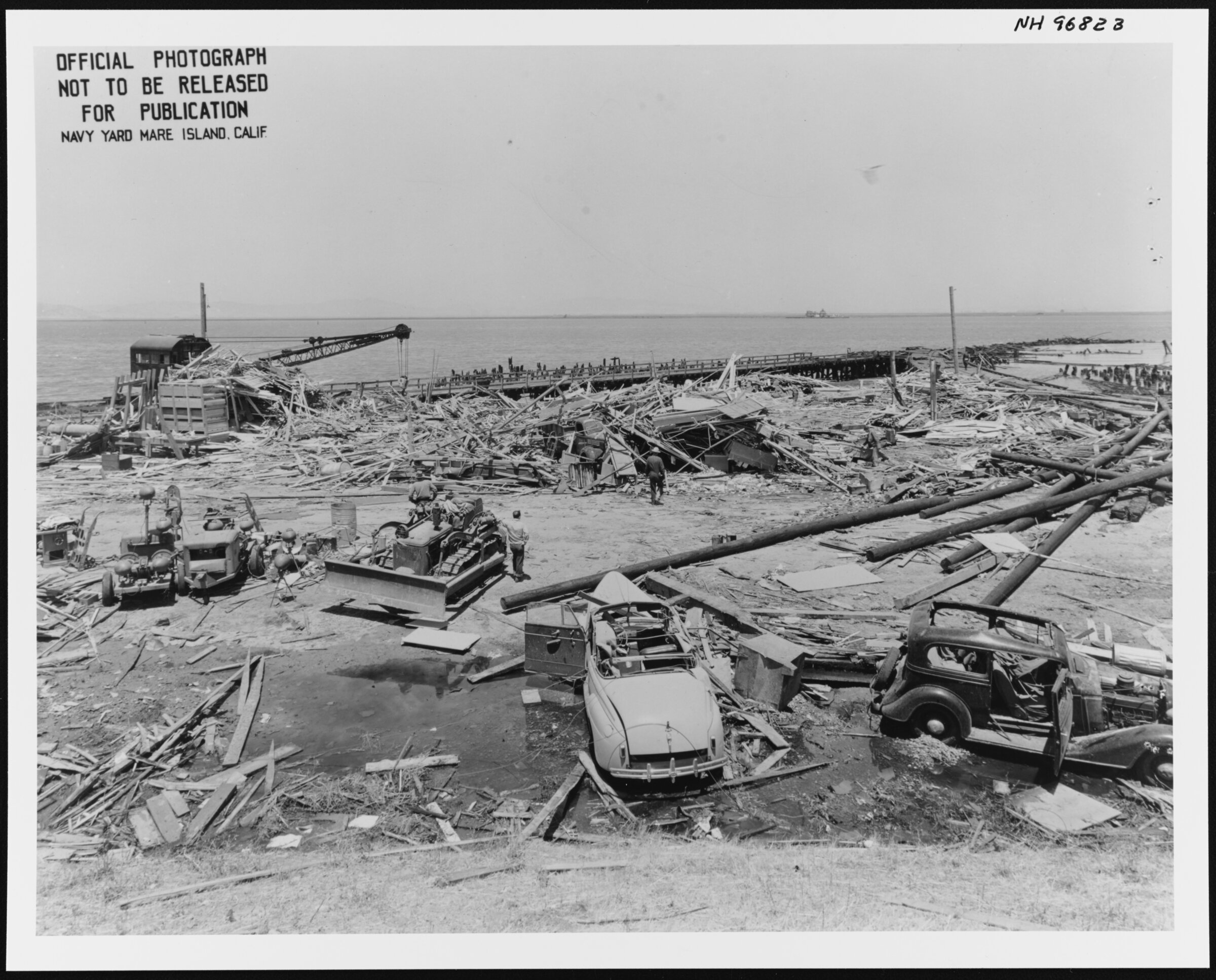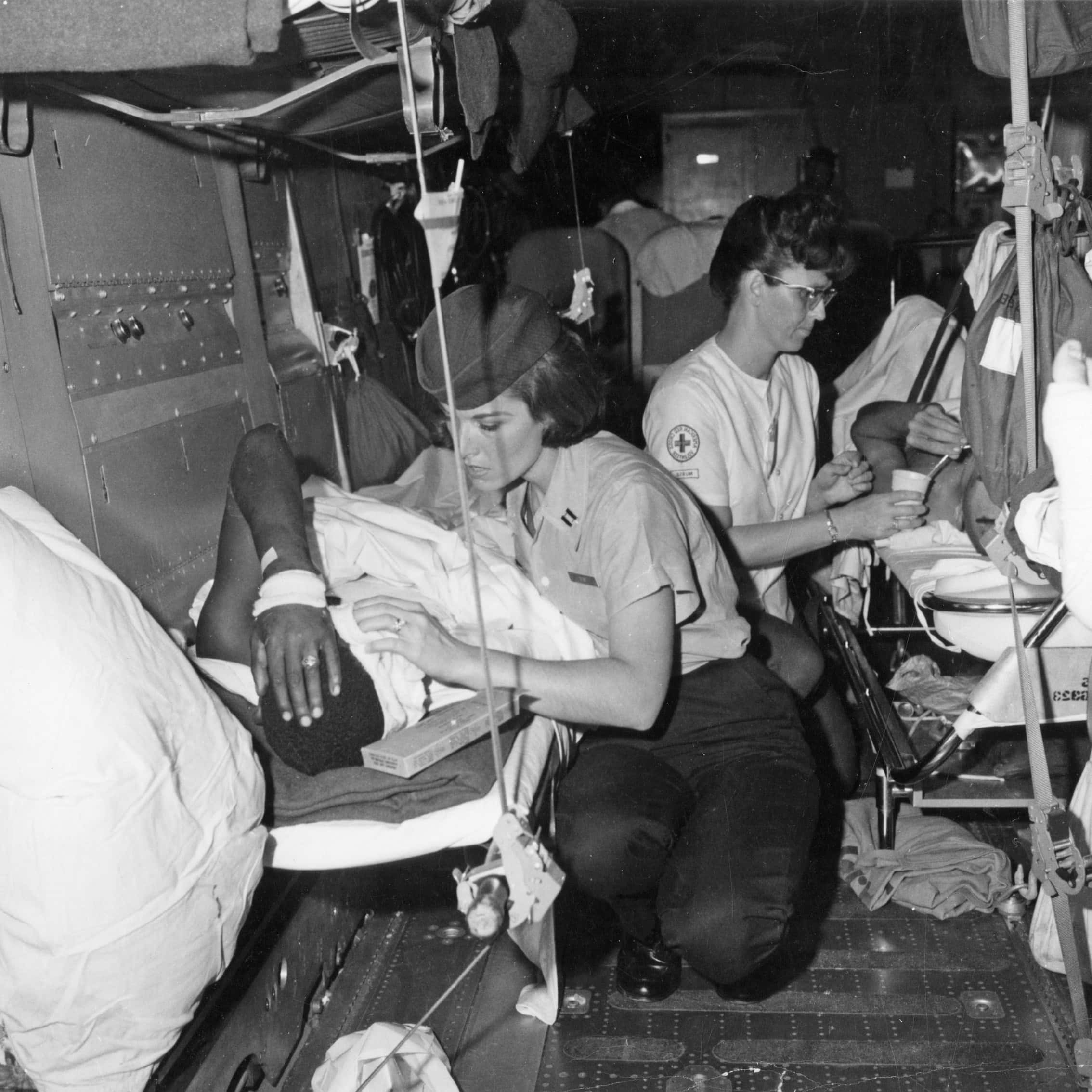Under the rubric “Masters at the Movies,” this column features a variety of articles about film, by some of the most accomplished teachers and scholars in the profession. Most of the authors are familiar to AHA members principally in connection with their outstanding general contributions to scholarship rather than because of their specific work on film. Our readers rarely encounter these scholars’ observations about movies and television programs. The “Masters” series provides an opportunity for them to consider how cinema can present exciting opportunities and challenges for historians as they interpret the past.
In this issue Ron Briley writes about The Battle of Algiers (1966), an influential movie that dealt with the Algerian nationalists’ struggle against French control in the 1950s. The film also portrays the French Army’s efforts to crush the Algerian insurrection. Through reenactments, director Gillo Pontecorvo gives his movie the look and feel of a documentary film. Pontecorvo’s artistry creates a powerful illusion. His movie looks like newsreel footage of historical events even though it is staged “docudrama.”
Over the years, The Battle of Algiers has had a substantial impact on political activists and even military planners. In the 1960s and 1970s, left-wing activists in several counties reported that they were inspired by the film’s exciting depictions of armed resistance. Leaders at the Pentagon acknowledged the film’s importance when they were planning operations after the occupation of Iraq in 2003, and screened it for a group of military officers and civilian advisers. Pentagon officials hoped the film would provoke an informed exchange on the challenges of fighting a guerrilla war in an urban environment.
Several Hollywood directors have acknowledged that their work has been influenced by Pontecorvo’s extraordinary film, including Spike Lee, Steven Soderbergh, and Oliver Stone. Recent films that depicted historical situations were constructed in a cinematic tradition pioneered by Gillo Pontecorvo. Paul Greenglass’s United 93, which depicted reactions to the terrorist attack of September 11, 2001, and Kathryn Bigelow’s The Hurt Locker (discussed in this column in the November 2009 issue of Perspectives on History), which portrayed the work of American soldiers responsible for defusing bombs in Iraq, are good examples.
The genesis of The Battle of Algiers can be traced, in part, to the efforts of a former military chief of the Algerian resistance, Saadi Yacef. He approached accomplished movie directors, requesting that they develop a production about the Algerians’ struggle for independence. Yacef worked out a relationship with Pontecorvo, an Italian communist filmmaker who had been exploring possibilities for a related project. Pontecorvo gave Yacef a prominent role in the drama, featuring him as a military leader in the Algerian National Liberation Front. Some of the actions Yacef’s character takes in the movie are based on the actor’s real-life work as a freedom fighter.
Although the production that resulted from Yacef’s and Pontecorvo’s collaboration portrays the insurrectionists’ cause with considerable sympathy, Pontecorvo’s movie does not characterize the French simply as despicable colonial villains. Instead, The Battle of Algiers shows that both groups participated in atrocities. The movie delivers a thoughtful commentary on the way violence can escalate through acts of terrorism and counterterrorism. Pontecorvo portrays Algerian nationalists killing innocent civilians, including women and children, and he shows members of the French Army resorting to torture and assassination in their efforts to destroy the resistance. The director reveals that vicious French tactics succeeded in bringing a temporary victory, but that suppression alienated the local population. French forces won the battle of Algiers but ultimately lost the war. Algerians achieved their independence from the French in 1962.
Ron Briley, author of this film analysis, is a history teacher at the Sandia Preparatory School in Albuquerque, New Mexico, and is also assistant head of the school. He has served as president of the Organization of History Teachers and as a member of the Organization of American Historians’ Centennial Committee, the OAH Program Committee, and the OAH Committee on Committees. He has also been a member of the AHA’s Teaching Division. He is currently a member of the AHA Committee for the John E. O’Connor Award. Briley has received Fulbright awards, the OAH’s Mary K. Bonsteel Tachau Pre-Collegiate Teaching Award, and the Beveridge Family Teaching Prize from the AHA. He has also served as a Distinguished Lecturer for the Organization of American Historians. Ron Briley has published several books and articles on politics, sports, and film.



